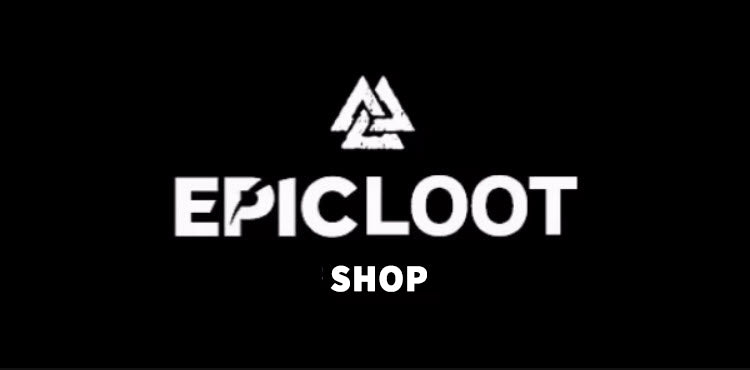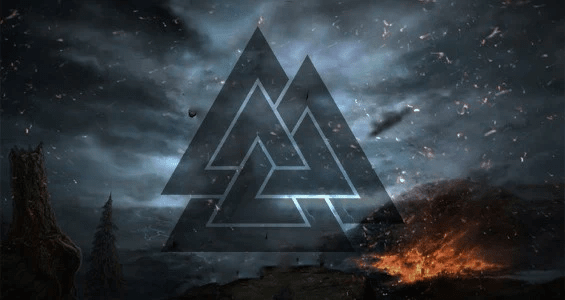The Valknut Meaning
The Valknut is a fascinating and eye-catching symbol that has attracted a lot of interest from modern practitioners of Norse mythology. As we’ll see in this article, the name and its meaning aren’t mentioned in any period sources; the word “valknut” is a modern Norwegian compound word that means “knot of those fallen in battle.” That said, its visual appearance on a variety of archaeological artifacts associated with Viking-age Scandinavians suggests that it may have had some contemporary significance.
What does a valknut symbolize?
The Valknut is a symbol that appears in Norse mythology and religious imagery, namely on Viking Age picture stones, ringstones, and other types of grave markers. The word valknut means "knot of the slain," and indeed, the symbol is commonly interpreted as representing the fetters placed upon dead warriors in Valhalla.
In the archaeological record, it appears only in connection with the cult of the dead—as in the aforementioned runestones and ship burial. Similar motifs appear on Anglo-Saxon cremation urns, another Germanic people closely connected to the Norse culturally, ethnically, and in their pre-Christian ideology and faith. This is not all that surprising—the two populations were culturally entwined for more than 500 years. Gotland, Sweden's Valknut on the Stora Hammars stone
Gotland, Sweden's Valknut on the Stora Hammars stone
What does 3 interlocking triangles mean?
The three interlocking triangles are usually interpreted as representing the three realms of Earth, Heaven, and Hell. The nine points of each triangle symbolize the nine worlds in Norse mythology. Valknut also represents Odin's sacrifice—the three triangles may represent his self-sacrifice on his own tree, Yggdrasil.
Valknut is sometimes used as a bindrune, or a combination of two or more runes that together form one symbol. It's often combined with other symbols to create a magical talisman or charm, which is then put in place to protect an area or person from danger. Some people wear it around their necks as protection against evil and misfortune.
How do you pronounce Valknut?
Today, most people refer to it as a valknut, where the "a" is pronounced as if it were in the word "father." However, this is when things start to become more difficult.
In Nordic countries like Iceland, Norway, and Sweden, they say it differently. The word is pronounced more like vaal'noot (with the extra emphasis on the last syllable).
But it gets weirder! Those who speak Swedish tend to pronounce it vaalknut.
You might be confused about all these different pronunciations for this one symbol. But what's important is that you pick your favorite pronunciation and stick with it. And when you're talking to someone from a Nordic country, try to respect their way of saying it—it will make them happy!
Why do people get Valknut tattoos?
The word Valknut means "knot of the slain." This is an ancient symbol that was used as a symbol of the Norse god of death, wisdom and magic. The symbol was also believed to be tied to the power of fate.
In modern times, this symbol has been used by tattoo artists to signify many different things, including life after death and strength through adversity. It can also represent protection from evil forces or as a talisman against disaster.
In recent years, more people have begun getting these tattoos as a tribute to their loved ones who have passed away or as a way of honoring those who fought bravely in battle against overwhelming odds.
Conclusion
In order to better understand the meaning of this particular symbol, it’s important to examine how similar symbols were used, how they were constructed, and how they were ultimately interpreted by later Norse peoples
In the end, we can only speculate about what, if anything, this symbol might mean. Since it’s been found in so many different places across the world, there’s a good chance it was simply adopted by various cultures over time. In the end, that doesn’t really matter. For Christians, Vikings, and many other people living in the far north of Europe during the early Medieval period, it would have been a powerful symbol associated with some of their most sacred rituals and beliefs. Indeed, it still is.




I’m respectful of culture and meaning I have this simble and for me it mean protection so thank you for this information
Leave a comment